
8 minute read
Defence - Darren Olivier
Darren Olivier
OUTSOURCING AIR FORCE TRAINING
Advertisement
Late last year, the United States Air Force awarded seven separate companies components of a massive multi-year US$ 6.4 billion contract for the provision of ‘Red Air’ adversary air combat training. There are useful lessons to be learned for Africa.
WHILE notable for its size, ‘Red Air’ was an expected development in a long-term trend. Air forces around the world are outsourcing increasing levels of their training and support functions, as doing it all in-house has become ever more financially nonviable. For African air forces this may be a far more cost-effective solution than inhouse training. The question arises: How useful is outsourcing training, and how far can it go?
Outsourcing of military support tasks to the private sector has been around for decades, but saw much more widespread adoption after the end of the Cold War as NATO air forces had to adjust to steep cuts in defence spending and transitions away from conscript forces. The first functions
to be outsourced were low-level tasks that were obviously more cheaply done by the private sector such as facilities cleaning and catering. But before long, air forces began integrating the private sector into ever more high-level support tasks, including aircraft and other systems maintenance.
These days it’s difficult to find a western air force that hasn’t outsourced parts of its aircraft maintenance process. It has increasingly become more cost-efficient to focus in-house military maintenance capabilities at the organisational and intermediate levels, which require more common and easily trainable skills, rather than at the depot level which requires rarer skills and capabilities. That helps resolve one of the biggest struggles of any allvolunteer air force, which is training up and then keeping personnel who are highly skilled in a certain specific area and would
earn far more in the private sector.
The approach is not without its risks though. The Royal Air Force (RAF) for instance contracted the engineering arm of Flybe, the regional British airline, to perform depot-level maintenance, repair, and operations (MRO) support at Brize Norton air base for its fleet of Airbus Military A400M transport aircraft. Now that Flybe has entered liquidation that support contract is at risk, causing sleepless nights within RAF Transport Command while they wait to see how the liquidation will turn out and whether another company will buy out Flybe’s engineering business and continue the contract.
Despite risks like these, the RAF has extended outsourcing even to operational support functions like air crew training and aerial tanker support over the past two decades. Unlike other air forces which have contracted private aerial tanker operators like Omega only to supplement their own fleets, the RAF relies entirely on the Voyager aerial tankers of the AirTanker consortium and no longer maintains its own in-house fleet. It’s quite an elegant solution, with all the pilots being trained as RAF Reservists despite being employed by AirTanker and the aircraft being dual
certified for both civilian and military use. This allows AirTanker to lease out any aircraft that are not immediately needed by the RAF, driving down the operating costs of the fleet. The RAF also benefits from being able to insist on minimum availability and serviceability levels without having to worry about micromanaging the process of achieving them.
Similarly, the RAF, Royal Navy, and British Army took the unprecedented step of outsourcing their entire pilot training system under the UK Military Flying Training System (UKMFTS) to a series of private industry consortia. While the training is still performed inside existing military bases, and in some cases RAFowned aircraft are used like the small fleet of Hawk T.2s for the Fast Jet Training (FJT) contract, the UKMFTS suppliers provide instructors and aircraft like the Grob G120TP, Beechcraft T-6C, Beechcraft King Air, Airbus H135, Airbus H145, and the Embraer Phenom 100 amongst others for Elementary Flying Training (EFT), Basic Flying Training (BFT), Multi Engine Pilot Training (MEPT), and Rotary Wing Training (RWT).
It’s a hugely ambitious and complicated set of contracts, and thus far has not performed well. The UK’s National Audit Office issued a scathing report on UKMFTS in 2019, claiming that it took over seven and a half years for a pilot to qualify on a front-line fighter aircraft like the Eurofighter Typhoon or LockheedMartin F-35 mostly as a result of delays in the UKMFTS training process caused by too few instructors and available aircraft. The report showed that pilots undergoing training often had to wait weeks for slots to open up, causing large backlogs in pilot training numbers and placing strain on operational flying squadrons.
The companies involved have, in turn, responded by pointing out that over the time the UKMFTS contracts have been negotiated the UK has gone through a number of strategic reviews which caused training requirements to fluctuate by large margins without a consequent renegotiation of the terms of the contracts. This is not entirely inaccurate, but it does prove that this model isn’t quite as flexible at scaling to meet demand as its original proponents and planners claimed. That has important implications for any air force looking to repeat the RAF’s approach to training.
Ultimately though the UKMFTS and AirTanker set of contracts are likely here to stay, and what problems they have will be addressed through better contract management rather than by returning the functions to in-house military units. The trend is only going to increase, as air decidedly blurs the lines.
This brings us back to the US’s Red Air contracts. Of course, having private companies provide dissimilar aircraft
all kinds of ex-military jets fulfil the requirement, such as Cheetah Cs from the South African Air Force
forces have to enhance their operational capabilities to meet new threats despite static budgets and a difficulty in recruiting and retaining skilled personnel. We should also expect to see companies offering pooled options to various countries to spread costs even further.
One question that will inevitably arise is at which point this outsourcing ceases to training is not a new thing, with companies like Draken, ATAC, and Top Aces having performed the service for North American customers for decades using ex-military aircraft like Kfirs, A-4s, MB-339s, MiG21s, and L-39s amongst others. But the new contracts take it to another order of magnitude and are expected to eventually replace the US Air Force and US Navy’s
Cheetah C being prepared for delivery to Draken - note last flight pilot and date painted on side.
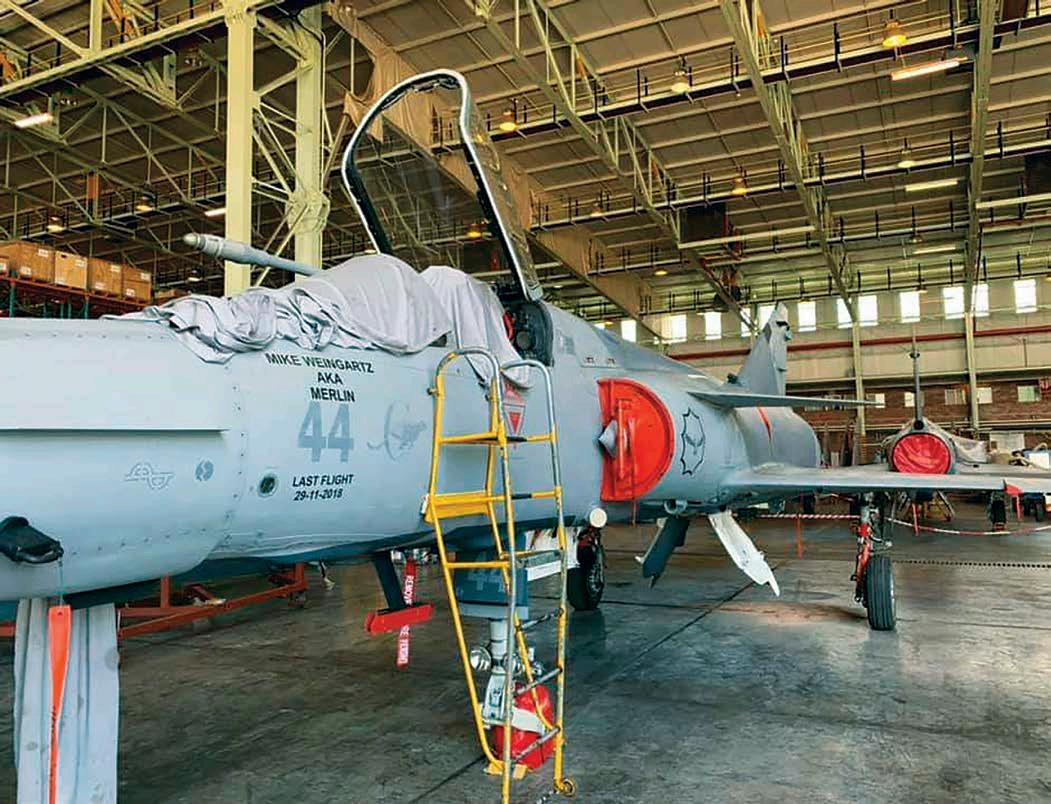
be seen as merely support work and begins to resemble outright military activity. So far in most cases they’re safely on the legal side of that line by performing supportonly functions at home, but the US military has been experimenting with using private contractors to fly surveillance aircraft in support of military operations in a role that own in-house ‘aggressor’ squadrons in the adversary training role.
This is a risky move, but a potentially enormously rewarding one. Whereas earlier adversary contracts with companies like Draken and ATAC focused on relatively simple aircraft without advanced radars or other avionics, the new contracts required all
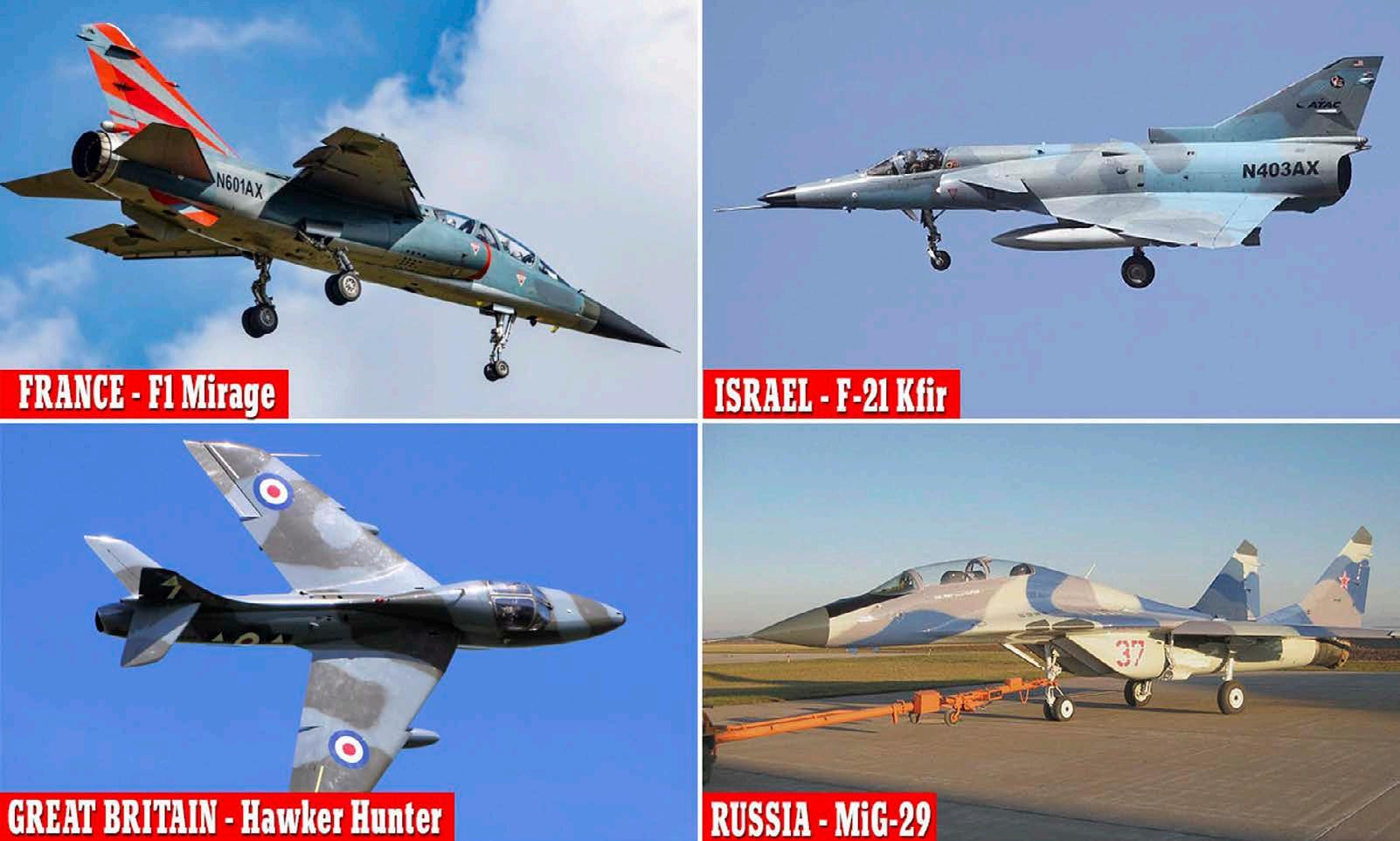
Some of the mix of types being operated by private contractors for Air Force training.
seven contracted companies to purchase and operate 3.5 generation aircraft with onboard systems capable of offering a realistic level of threat training. The companies in turn have scrambled to bring into service all kinds of ex-military jets to fulfil the requirement, such as Mirage F1s from the French and Spanish Air Forces, Cheetah Cs from the South African Air Force, and F/A18s from the Royal Australian Air Force. This means that the sheer diversity of the types that American pilots will fly against is breath-taking and more than any other country can offer, yet being done in a way that avoids the need to maintain all these different types within stringent military logistics systems.
The downside is that managing performance and delivery on these contracts is going to be an extremely difficult task, especially given that it’s so difficult to judge the quality of the level of training provided when there’s so little commonality between suppliers. Simple metrics like aircraft availability aren’t going to be good enough to ensure consistent quality across all training.
The lessons of AirTanker, UKMFTS, and others give some answers. First, when outsourcing anything, let alone contracts of this scale and breadth, having strong contract management skills is non-negotiable. If that aspect is weak, outsourcing will always fail. Second, contracts have to be carefully written and planned to have fair and objectively measurable standards for delivery, along with penalty clauses for non-compliance that have real teeth. Third, flexibility has to be traded for certainty, which means that contracts should be
guaranteed for at least five years at a time and long-term planning put in place regarding defence spending to ensure that cuts are not implemented to the programmes at inopportune moments. The alternative is higher costs, lower performance, and fewer companies willing to bid.
With all that in mind the ever increasing outsourcing of even critical support functions might offer up some worthwhile opportunities for African air forces. Why, after all, do all pilot training in-house if the same outcome might be achieved at lower cost by using a private company? Worth thinking about.
MAINTENANCE
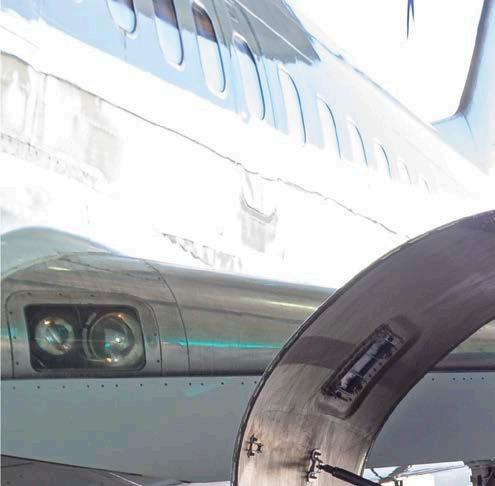



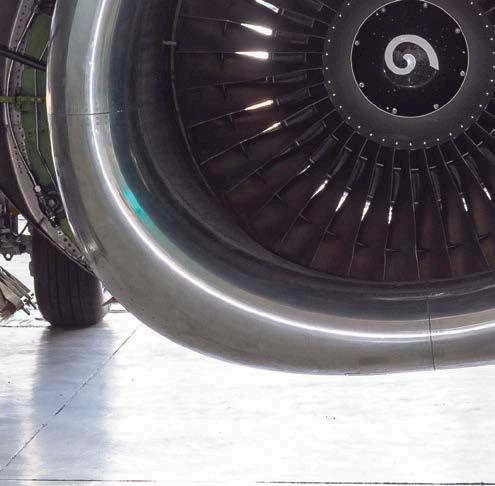
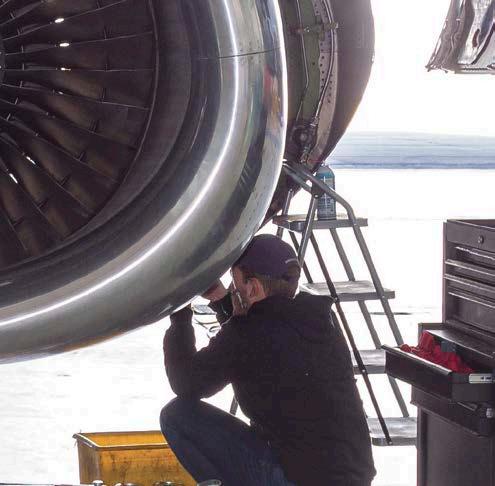
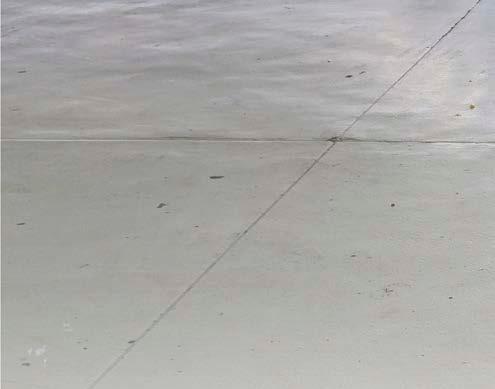

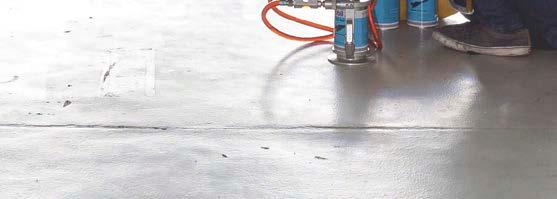


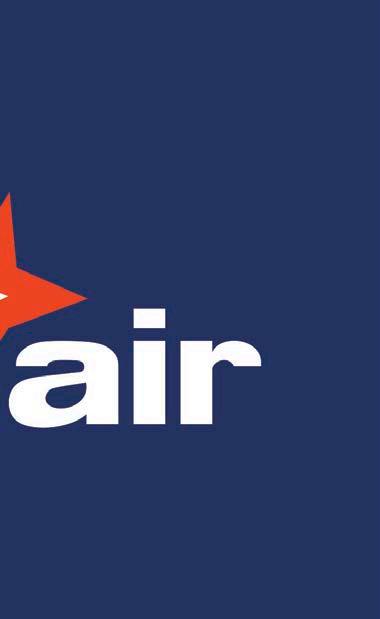
Star Air Maintenance Pty Ltd (SAM) is a subsidiary company of Star Air Cargo Pty Ltd, that provides all the AOC’s maintenance requirements up to C check. We are based at O R Tambo International Airport and our team of highly qualified engineers offer line maintenance to third parties.










